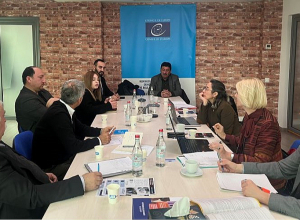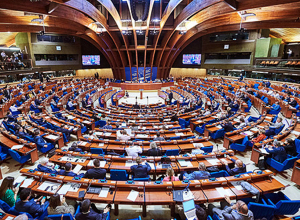Sharp decline in investments from Russia and capital outflow from Armenia

As it is known, Armenia took the path of membership in the Eurasian Economic Union starting from 2013. The latter was created on the basis of the Customs Union, and the difference consisted in free movement of not only goods and services, but also capital and labor resources within the union. So far, numerous analyses have been done on the quantitative and qualitative changes in trade turnover between Armenia and the EAEU. However, the issue of mutual investments has not been discussed much. Hence, it would be interesting to study the dynamics of investments from EAEU member countries. Macroeconomic Mosaic In the first half of 2015, the volume of net inflows (difference between foreign investment receipts and repayments) of foreign investments in Armenia formed 81 billion AMD, from which 30 billion AMD were direct investments. In 2016, that index reached -16 billion AMD, which means that repayments exceeded receipts of foreign investments. This is certainly quite a disturbing figure since investments have particular importance for development of economy and stability of the national currency in countries like Armenia, which have a deficit of capital inflows. In terms of integration processes, it is interesting that during the whole observed period, there were almost zero mutual investments with two EAEU member countries, Kazakhstan and Kyrgyzstan. Regarding Belarus, volume of net inflows reached -0.7 million AMD in the first half of 2016 compared to the comparable period of 2015 when it formed -23 million AMD. This is certainly evidence of positive trends but there is still more investments going from Armenia to Belarus than vice versa. Eurasification and Russian Capital From the viewpoint of Armenian economy, Russian capital and direct investments from Russia are of special importance. Before Armenia became member of the EAEU, the volume of net inflows of direct foreign investments from Russia formed 36 billion AMD in the first half of 2014. This is equal to 48.5% of overall direct investments. In the first half of 2015, that index suffered a decline by 10 times, reaching 3 billion AMD and forming only 11.2% of overall investments. The decline continued in 2016 as well, when net inflows of direct investments formed -5.7 billion AMD. This means that repayments (outflow) of Russian investments exceeded receipts (inflows). In other words, net inflows of direct foreign investments from the Russian Federation have registered a 265% decline. If we consider the distribution of net flows of foreign investments by sectors, we will see that such decrease in net flows has particularly affected mining-related activities, where net flows have been reduced by 52%, base metals production sector (190% decrease), electricity, gas and heating supply sector (47% decrease), as well as telecommunications sector (decrease of 35 percentage points). Such a situation is extremely alarming if we take into account the circumstance that for years Russia was the largest investor in Armenia. At least in this regard, the economic background and economic prospects of creating a united economic area with EAEU member countries remains unclear. Andranik Manukyan “Union of Informed Citizens”



